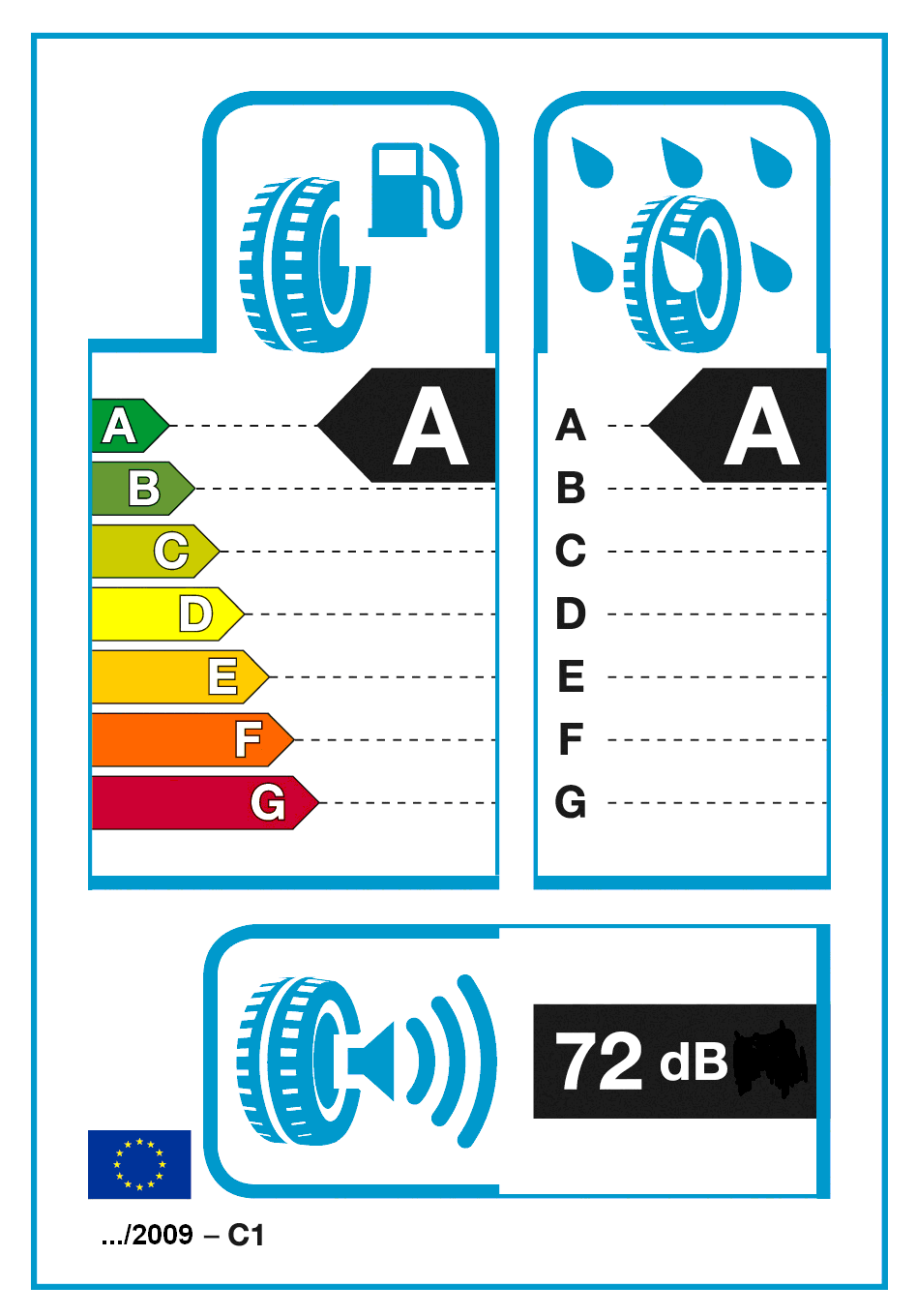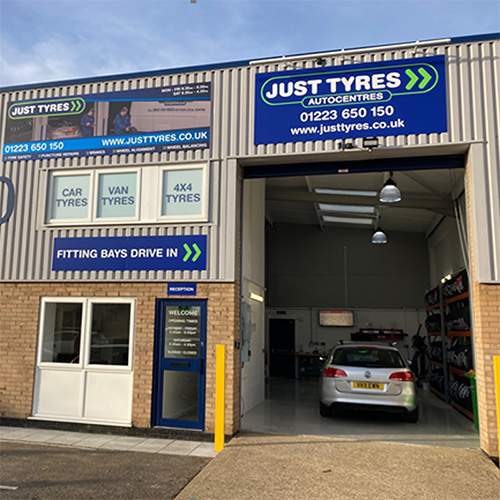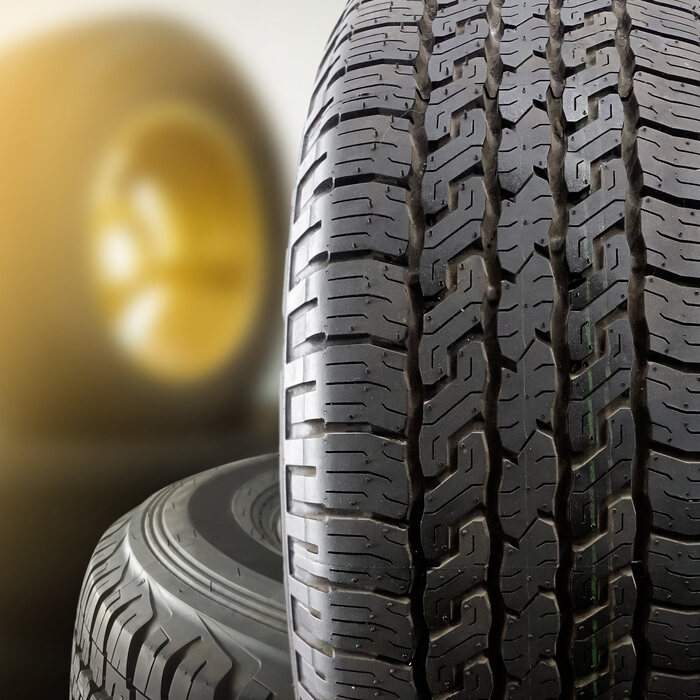EVERYTHING YOU NEED TO KNOW ABOUT EU TYRE LABELLING
EU tyre labels enable drivers to understand how the tyres they’re buying will perform on the road during different conditions. It’s to help consumers make an informed decision before making a purchase.
What are EU tyre labels?
EU tyre labels look like this:

The labels provide the following information:
- Wet grip rating
- Fuel efficiency
- Noise level
- Whether it performs suitably in snowy conditions
- Whether it performs suitably in icy conditions
These labels will be clearly displayed on all new tyres purchased from reputable vendors.
Updates to the labels were made in May 2021, and previously only included information relating to wet grip, noise level, and rolling resistance. They also now have five classes - instead of the previous seven - for wet grip and fuel efficiency.
The new labels will be used as standard from now.
More about what EU tyre labels tell you
There are five key pieces of information on the EU tyre label that enables consumers to see how exactly their tyres are expected to perform:
1. Wet grip
Driving on wet roads will increase your braking time and distance, so it’s important that your tyres provide the best efficiency in these conditions. The wet grip rating provides a rating from A to E, with tyres rated A offering the best braking distances in wet conditions.
2. Fuel efficiency
Tyres play a huge part in how efficiently your vehicle uses fuel. Using tyres with a high fuel efficiency rating will save you fuel, which in turn saves you money. This also means A rated tyres will have the least environmental impact.
3. Noise level
The external noise level is rated from A to C, with A being the quietest. The exact level of noise will be displayed on the label, accompanied by the rating. Low noise levels are between 67-71 dB, and high levels are between 72-77 dB.
4. Icy conditions
An icon depicting a mountain/iceberg means the tyre has been designed to specifically cope on roads that have ice or compacted snow. These winter tyres should only be used in wintry conditions and climates.
5. Snowy conditions
An icon featuring a snowflake will be used on winter and all-season tyres to show that the tyre has been designed to cope well in snow and wintry conditions,
Tyres featuring the ice and snow icons should not be used during spring and summer months, as they’ll not offer the best grip, traction, braking, and handling. These tyres will also wear quickly in warm conditions, and may experience damage.
Where will you find this label?
The EU tyre label will be clearly stuck to a tyre, usually along the treads or on the sidewall, and can be easily removed without causing damage.
Will EU tyre labels continue to be used on tyres sold in the UK?
Following the UK’s exit from the European Union, it has not yet been confirmed whether or not the UK will continue to use the EU tyre label. However, it’s expected by some that the UK will adopt a similar labeling process so consumers can continue to be informed about what they’re buying.
Looking for new tyres?
Looking to replace your tyres with ones that are quieter or more fuel-efficient? Just Tyres have a handy tool that lets you pop in your vehicle reg and choose new tyres online in just a few clicks.
For more information:
View the video below for a further explanation:






 Same Day Fitting. Order By 10:30am
Same Day Fitting. Order By 10:30am
 39 Nationwide Fitting Centres
39 Nationwide Fitting Centres
 5 Year Warranty On All Tyres
5 Year Warranty On All Tyres
 Price Check Promise. Always Great Deals
Price Check Promise. Always Great Deals

 Find a Centre
Find a Centre


